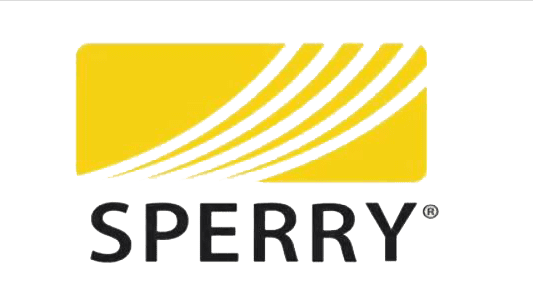Application
Positioning and regulating line fault detectors. Olsen Actuators & Drives customised Exlar actuators, used to ensure alignment of Sperry Rail’s pioneering ultra-sonic inspection detector, have dramatically improved accuracy and efficiency when inspecting railway tracks for irregularities and have led to world-beating performance for Sperry.
The actuators negate the pitch and roll of the train body so that accurate inspection of both rails can take place to check for track defects and misalignment.
The Challenge
Sperry Rail trains are required to retain maximum precision and accuracy for safety readings taken along both rails to accuracies of one or two millimetres over hundreds of kilometres per day and at speeds of up to 80 km/h (50mph).
Since the 1920s, actuators at Sperry Rail have always played an important part in positioning and regulating the detector. However, ever-increasing demands for greater accuracy and train speeds meant that the traditional ball screw actuators used on Sperry trains were becoming not fit for purpose and needed replacing with more advanced technology. The risk of reduced performance, inaccurate readings and therefore diminished rail safety and unsatisfied customers, was becoming too high.
In a new video produced by Olsen Actuators & Drives, Sperry Rail’s Chief Operating Officer Alastair Veitch, discusses how customised Exlar Actuators, supplied by Olsen, have dramatically improved the accuracy and lifespan of the company’s pioneering ultra-sonic positioning signal, used to inspect railway tracks for irregularities.
In the video, shot onsite at Sperry Rail’s Derbyshire HQ, Alastair explains that since the first rail floor detector vehicle was invented by Dr Elmer Sperry in 1927, actuators have always played an important part in positioning and regulating the detector.
However, as modern trains have advanced, so has the demand for greater accuracy and precision. Alastair explains that the traditional ball screw actuators, used on Sperry trains for years, began to experience difficulties.
According to Alastair, the hazardous locations and challenging terrain that Sperry trains are required to operate in proved to be too demanding for their existing ball screw actuators, which soon began to fail, resulting in disappointing performance levels and unsatisfied customers.
The Solution
Fortunately, Olsen Actuators & Drives were able to supply a complete packaged solution which not only included 500 advanced Exlar roller-screw actuators, customised to Sperry’s unique application but also the drives, software technology, complete installation and dedicated support by the Olsen engineering team.
Due to their innovative roller screw design, the customised Exlar actuators that were fitted to all Sperry trains, proved to be far more accurate and repeatable than their ball screw predecessors, while the product’s rugged, robust design dramatically reduced maintenance requirements.
Results
Speaking about the project’s success, Alastair said:
“Out of the five years that we’ve been working with Olsen and out of between 5-600 actuators [in the field], we haven’t had a single one fail. In China, we run from -40°c to +60°c in the space of a day! It’s a very hostile environment that these actuators are working in and they’re absolutely brilliant.”
When asked about his experience working with Olsen’s Managing Director Piers Olsen, Alastair had nothing but positive feedback:
“I came to Piers with the problem and he really supported us through it… it’s the relationship that’s the key. Any time that we have a problem we get an answer, and we aren’t left hanging around waiting which is good because we can’t afford to. They do what they say, they deliver a quality product and they’re prepared to adapt and help you meet your end goal”.







